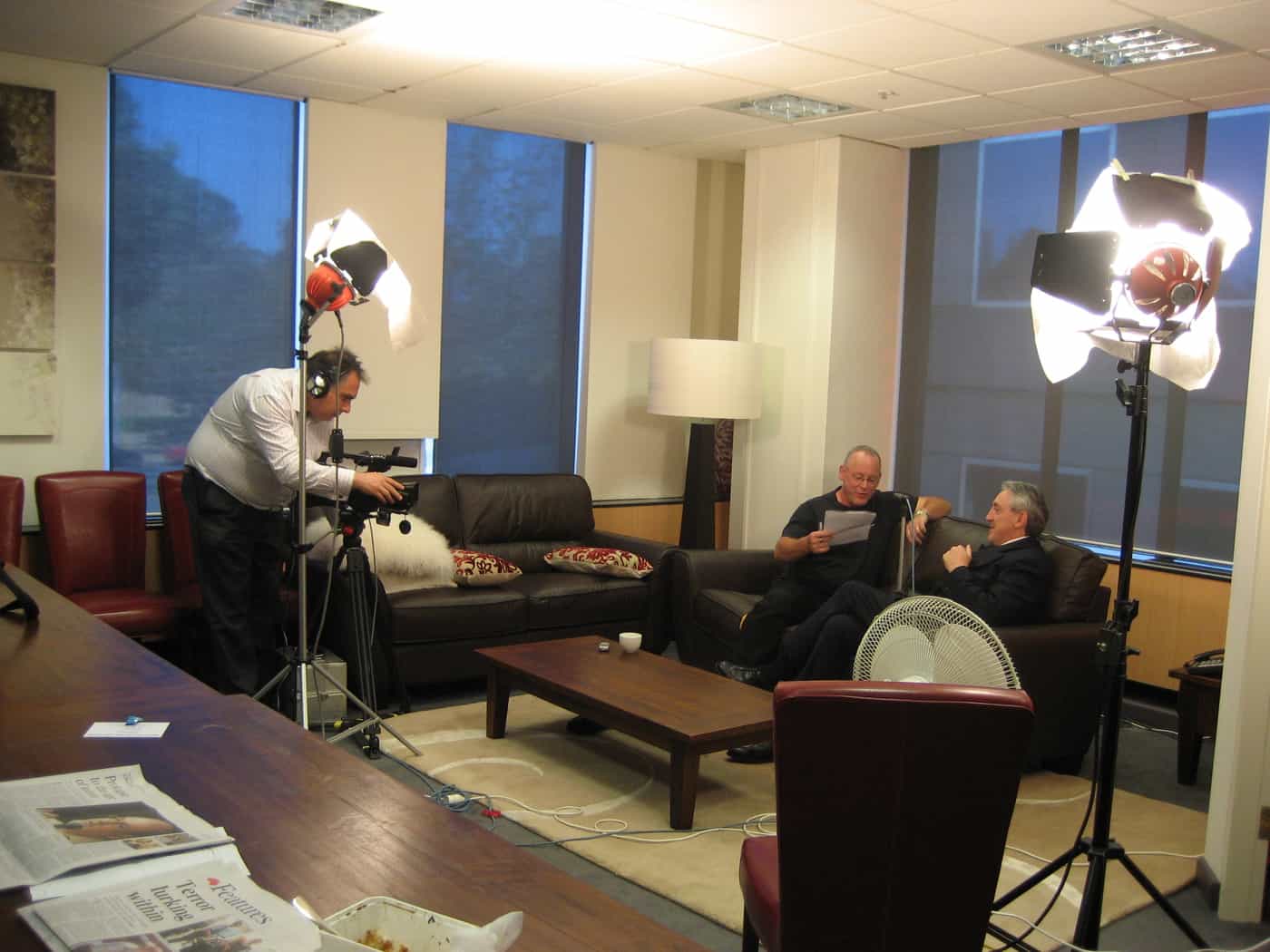For three days next week, SafetyAtWorkBlog will be reporting from the Safety In Action Conference in Melbourne. This is the 12th annual conference and it remains the dominant OHS conference on the Australian circuit for duration, affordability and credibility.
More information on the conference is available at www.siaconference.com.au. Check out the videos below on this page for an introduction to some of the speakers.
Contact me through my email if you are going to be at the conference and want to meet up.
Kevin Jones


